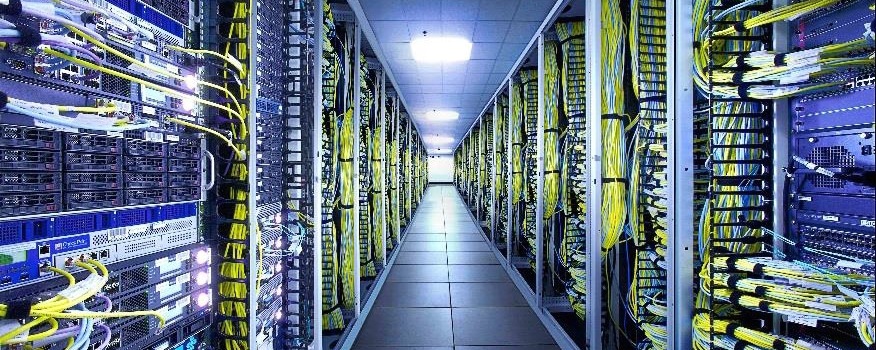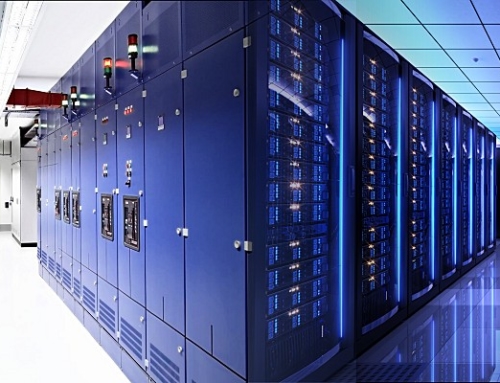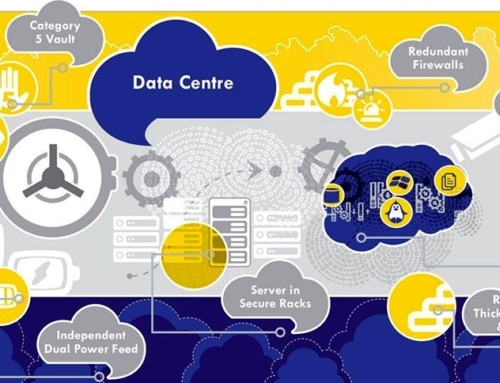A data centre, its servers, storage and networking, and the peripheral equipment needed for their operation all add up to a management challenge. Not only is their use and maintenance expensive, but it is also too often inefficient and difficult. Data centre asset management is an area where many enterprises could make significant improvements, especially in solving the following problems:
1. Inaccurate Asset Location Information
A data centre is a warehouse, in which the goods are plugged into power sockets. Just like in any other warehouse, it is critical for the management team to know what is located where.
The bigger the data centre, the more time it takes to run around checking machines, serial numbers, and locations. Beyond a certain size, this becomes unreasonable and the data centre becomes unmanageable unless you use a better solution.
2. Unknown Server Capacity Utilization
Do you know how much capacity is being used or still available for a given server?
Figures of 15% capacity used are not uncommon because IT managers would rather play it safe.
However, this means wastefulness not only in computing resources but also in power and cooling.
Even customers using dedicated servers in colocation facilities can benefit from information on capacity usage to help them make their computing dollars stretch further.
3. Connection Conundrum
Whether cabling is neatly tucked out of the way (good) or hanging around like so much spaghetti (not good), it can be difficult or impossible to know where the server connection ends up by just a visual inspection.
4. Warranty/Maintenance Uncertainty
Ideally, servers and storage units would declare themselves as coming up to the end of warranty or being due for maintenance.
A manual approach is to log all the information in a spreadsheet manually and check it daily.
However, this takes diligence and is difficult to share in a properly updated way between data centre team members.
5. Undetermined Power/Heating Thresholds
Will specific server racks support additional machines or new technology? Are machines close to power or cooling limit points, beyond which reliability and safety could be affected?
Too many data centres have no accurate or real-time data on these key aspects.
6. Air Conditioning Inefficiencies
Data centre asset management often starts out with the best intentions when it comes to power and air conditioning. Then internal changes are made or separating partitions are installed, and the initially optimized design ends up with overly hot and cold spots or passages.
Without knowing where these are, data centre managers are doomed to spend more on power and air conditioning where it is not needed, and risk breakdown where it is.
7. No Overall View of Assets
Data centres need to be understood as a whole entity, as well as component by component.
Adjustments or new electrical loads in one area should also be evaluated in terms of the complete power system.
8. Static (Outdated) Reports in a Dynamic Environment
Readings made a week ago and information for servers when first installed may both be out of date today.
Upgrades, workload variation, and power and temperature fluctuations all call for a real time reporting solution if decisions are to be taken with accurate data.
- Article Source: SPHomeRun.com






